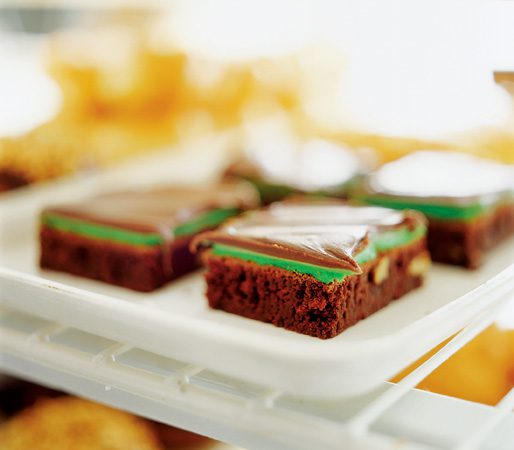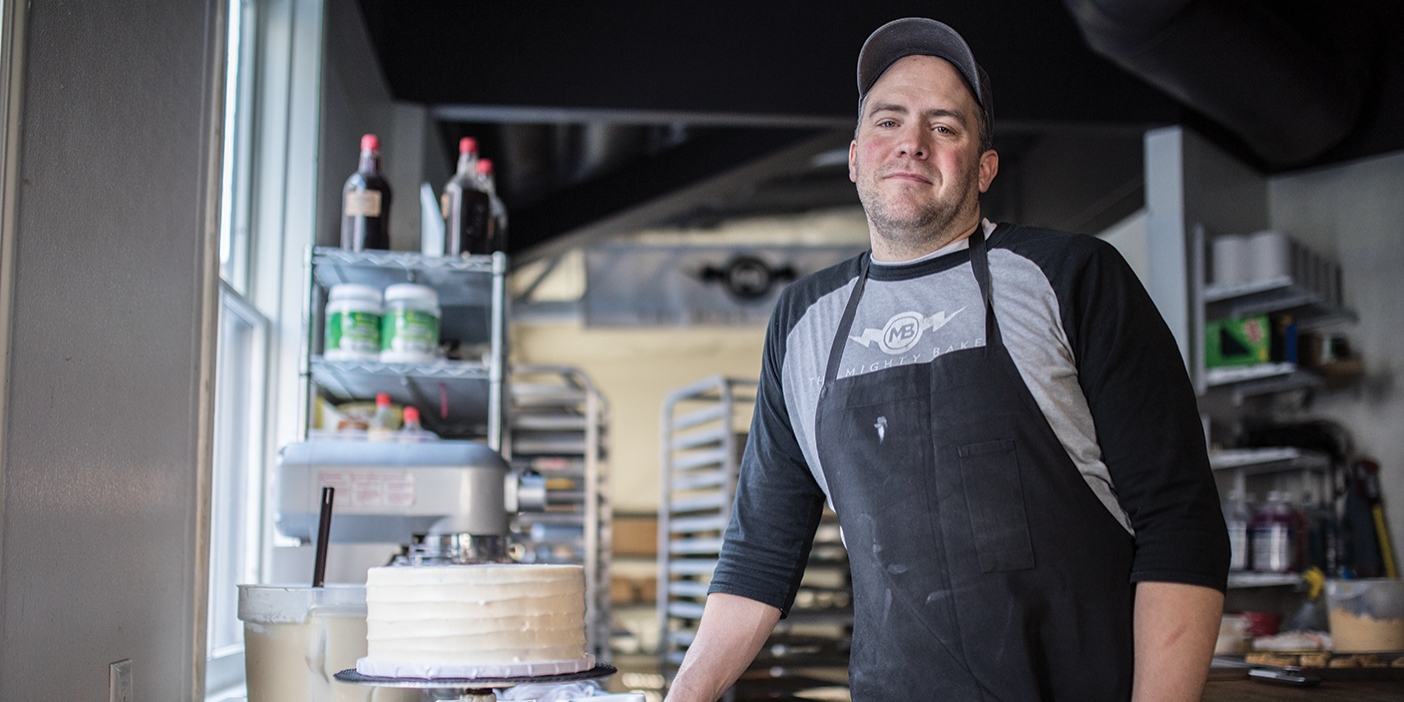It was in the late 1980s that Carol Barber came to the BYU Bookstore, along with her recipe for the homemade coconut frosting that tops the bookstore’s German chocolate fudge. Today she oversees the sale of 10,000 pounds of fudge every year. Barber has trained each generation of bookstore confectioners, including current fudge-maker Mickalee Livingstone Kyle (BS ’07).
Although they’re not divulging their recipe, Barber and Kyle agreed to share some of their fudge-making secrets here.
Q: Do you use any special ingredients?
A: To make dark chocolate fudge, we like to use dark chocolate Lindt bars (the 70-percent-cocoa kind). When we do cheesecake fudge, we get rid of the butter and put in cream cheese instead. We pour our fudge thick and layer it so that every piece has some of whatever flavor it is.
Q: Does weather or the time of day make a difference?
A: When it’s really humid it takes less water to make fudge than when it’s dry. In the winter months we use a little less water.
Q: What can you do if your fudge does not turn out right?
A: If it’s too dry, add moisture (water). If it’s too moist, just cook it a little longer.
Q: What are some common errors in making fudge?
A: Not stirring it enough. We have a pot that stirs our fudge while it cooks. My mother used to make fudge at home and she would make us stir it after it got off the stove until it got glossy. Also, let it cook to the right temperature—which depends on your recipe.
Q: What’s the best way to store fudge?
A: Don’t put it in the fridge—it will dry out. Put it in an airtight container and limit the number of exposed edges by how you cut it.
Q: What else can you use fudge for?
A: Melt fudge into hot milk for hot chocolate. It’s pretty rich, but it’s good! We also used to have ice cream socials with our students where we’d melt fudge down for hot fudge (add water to make it more of a liquid).










